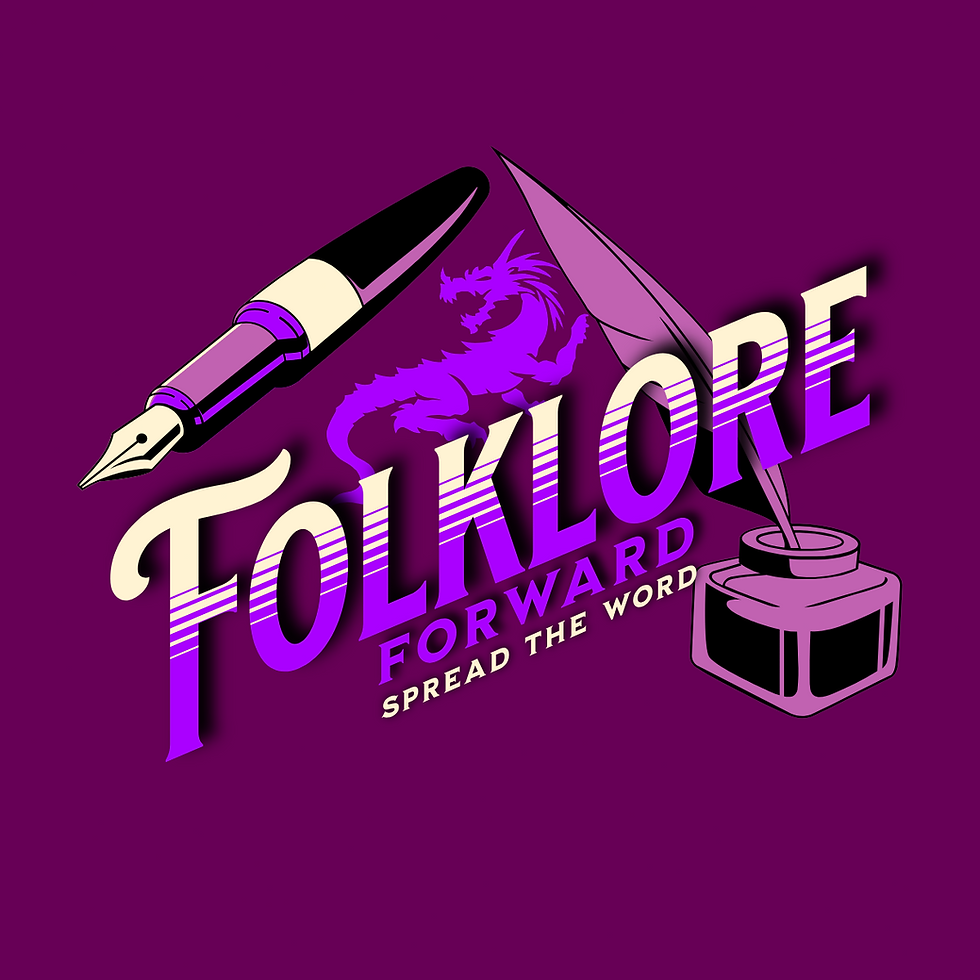How does folklore carry over to comic books, animation, and everything else we grow up with?
- harrisoncordlesper
- Jun 9, 2024
- 2 min read
There are many ways in which classic folklore has adapted for the modern day. I haven’t grown up with the traditional telling of historical folklore, but I still know several fables, like The Big Bad Wolf, very well thanks to the many adaptations seen throughout the mediums of stories I did grow up with.
The first and most obvious way to grow up with memorable folklore is through animation. Animated adaptations of the Three Pigs are a dime a dozen, so I was immediately introduced to several different versions of the Big Bad Wolf. Little Red Riding Hood adaptations cemented the Big Bad Wolf as an iconic villain, as many of these animated shorts were faithful to the spirit of the original story with Wolf being a straightforward antagonist (Jürgens & Hackett, 2017). My experience seems to be common, as I naturally gravitated to published adaptations in chronological order (oldest to newest works). Until I hit the right age to watch semi-modern reinventions of the characters in the early 2000s.
While funny to mention in an academic-focused project, the 2005 independent animated film Hoodwinked! was an impactful representation of the Big Bad Wolf as a misunderstood protagonist. This crime movie homage has multiple fairytale characters interviewed after a strange collision of their stories reveals a criminal conspiracy. After directly portraying the Big Bad Wolf as a villain from Red Riding Hood's perspective, it was honestly a shocking revelation to see this film shift to Wolf’s perspective to see how he was misrepresented by this ridiculous situation. Being voiced by Patrick Warburton didn’t hurt his likability as a protagonist.
With an even more likable performance from Sam Rockwell, the 2022 Dreamworks film The Bad Guys tackles the villainous history in a completely different manner.
My foster siblings were ecstatic to see this film after reading the kid-oriented graphic novel series it was based on, and after seeing another crime film sent around the Big Bad Wolf, I can see why this architect works so well for this type of story.
Being a story about a criminal content on his side of the law be met with a surprising opportunity to become a better person was an even better use of a traditionally villainous character.
While I didn’t have time to go through this theory In my current academic project, it should be worth noting that all iconic figures in folklore are defined by how they engage with younger members of the community. As we see, audiences both young and… less young, still find characters like the Big Bad Wolf compelling & engaging enough to share their stories with others throughout a community.






Comments